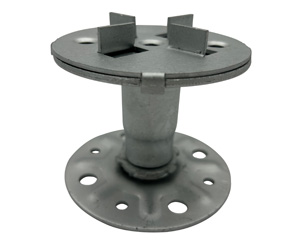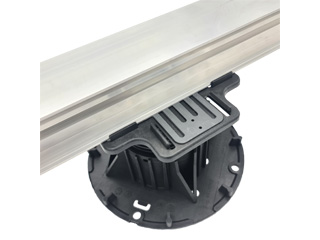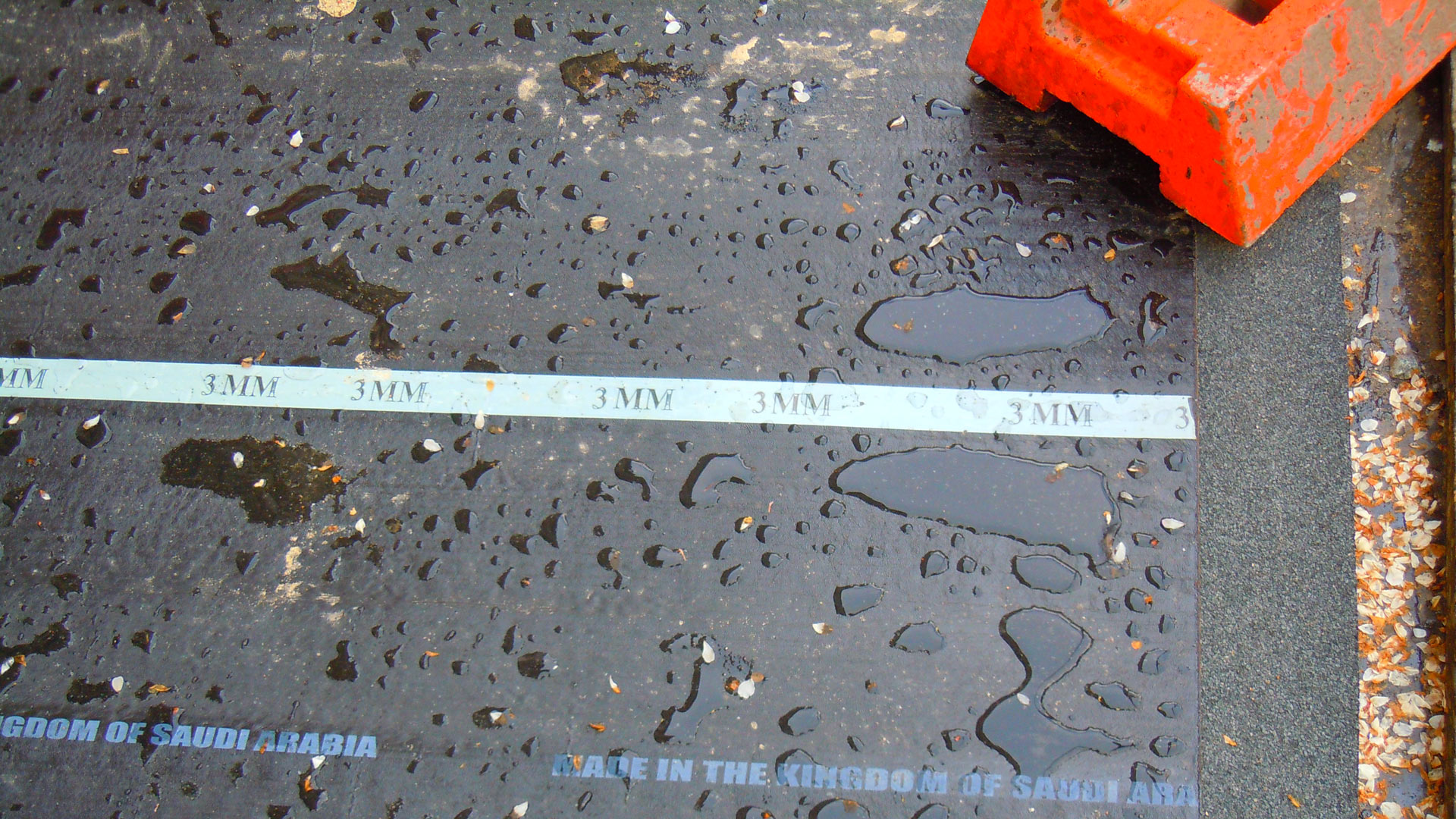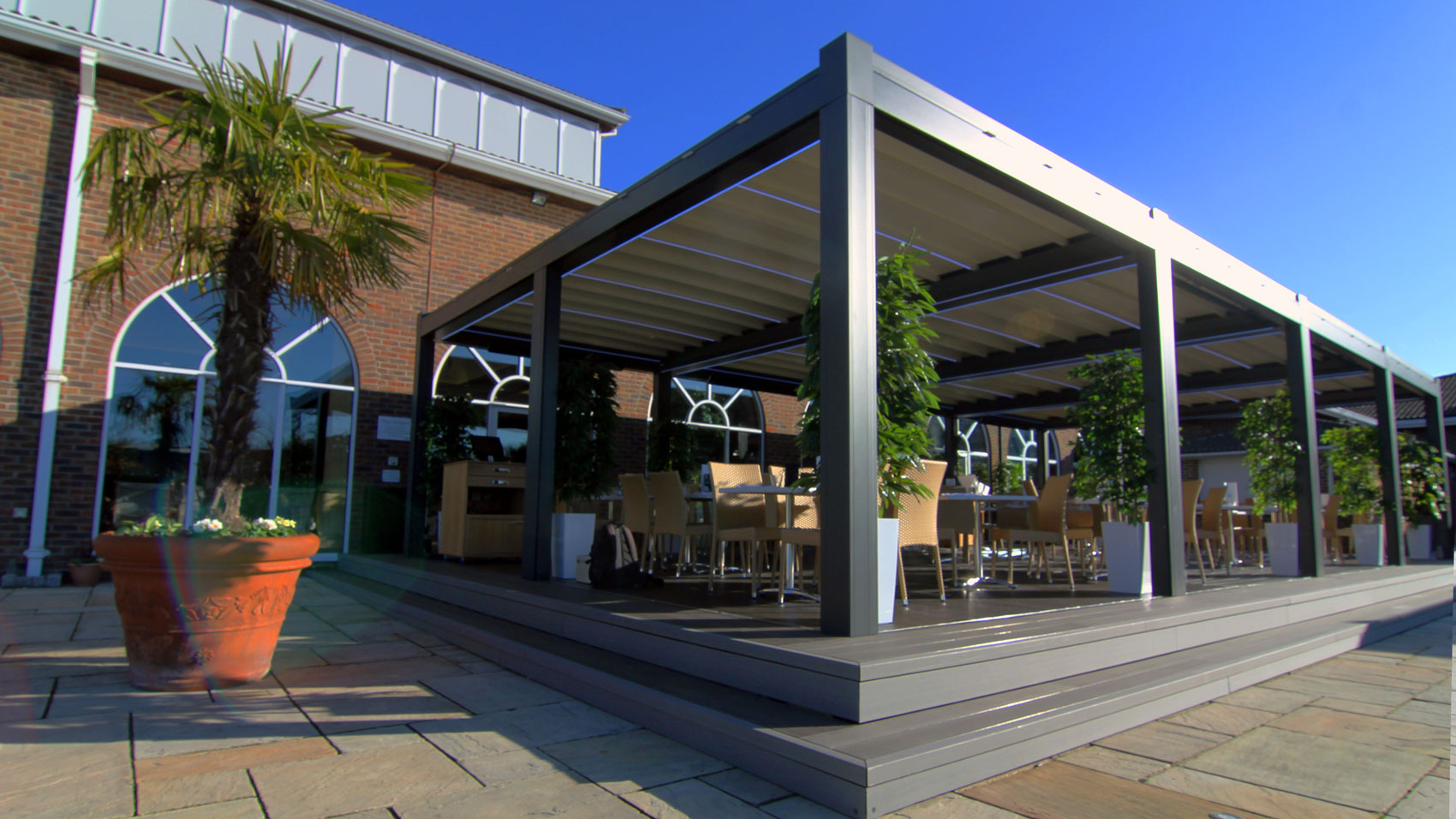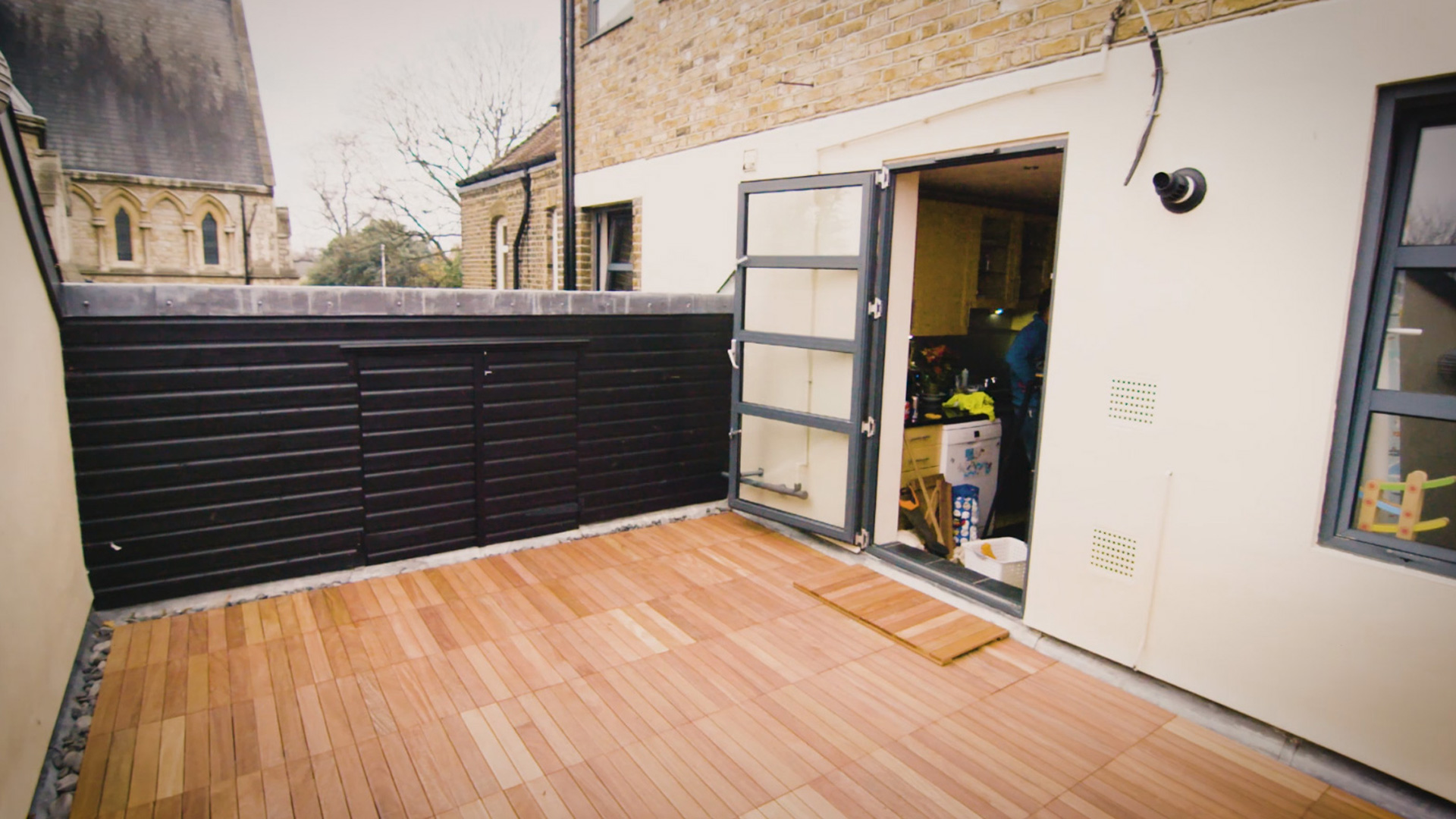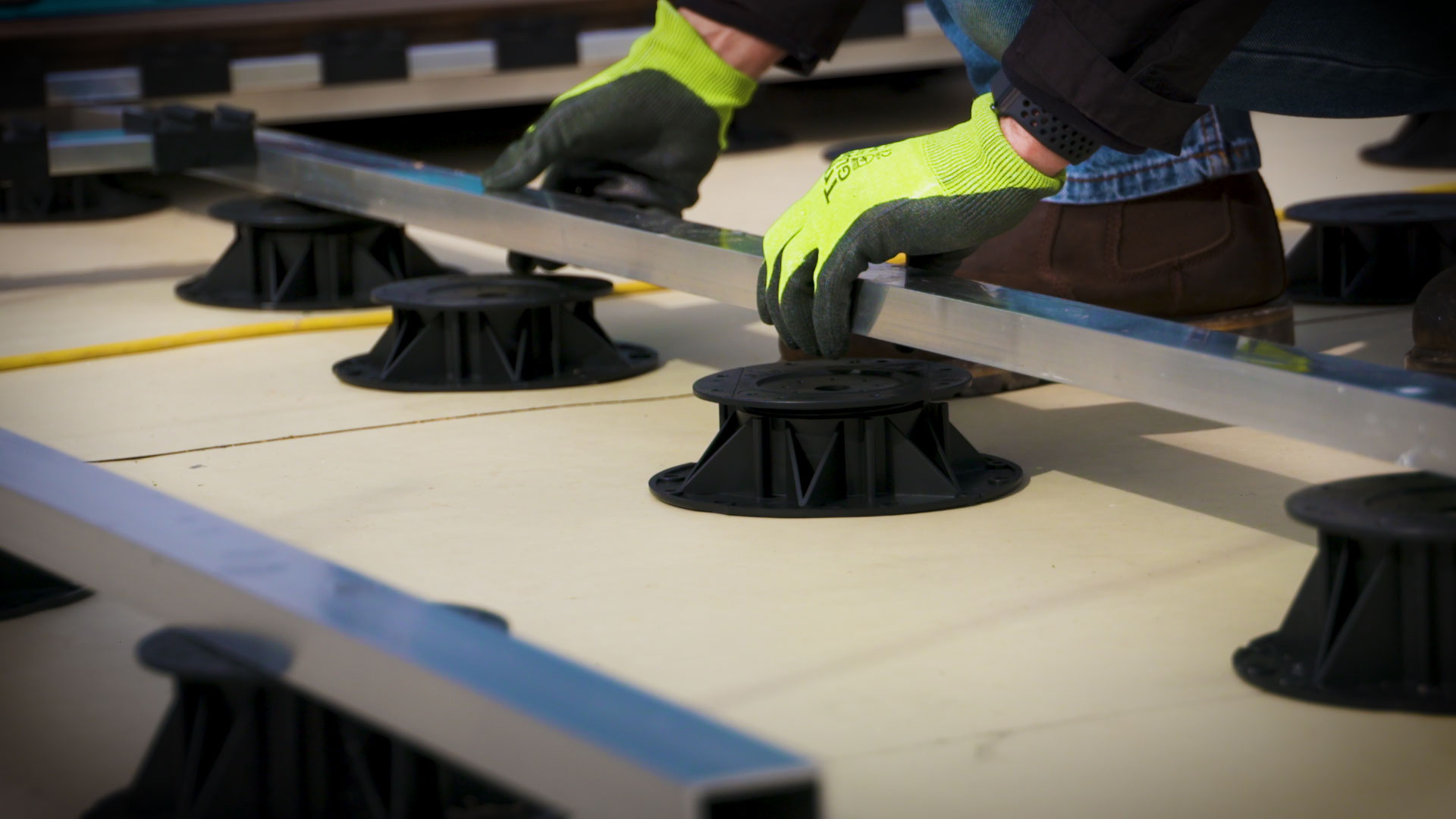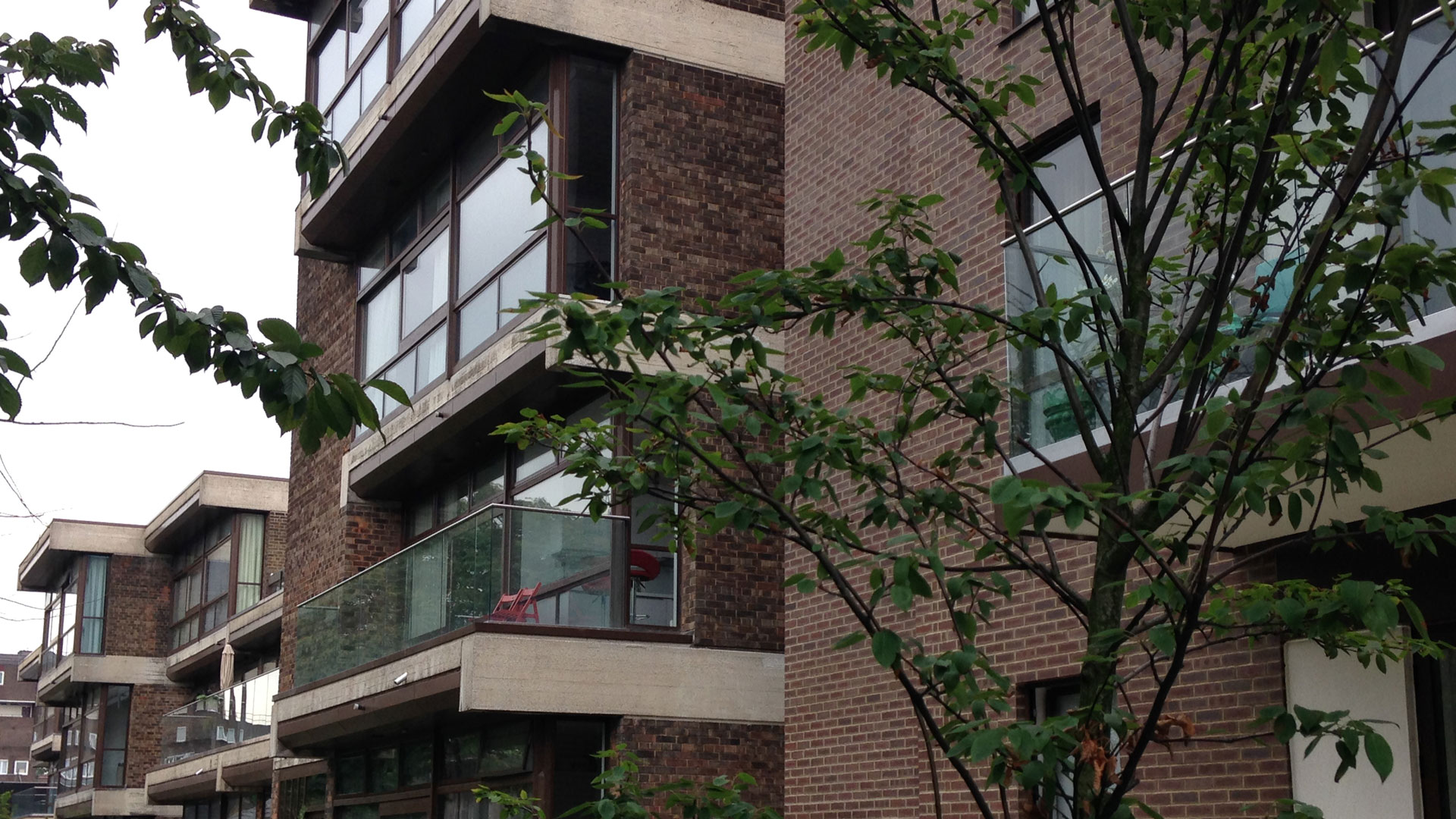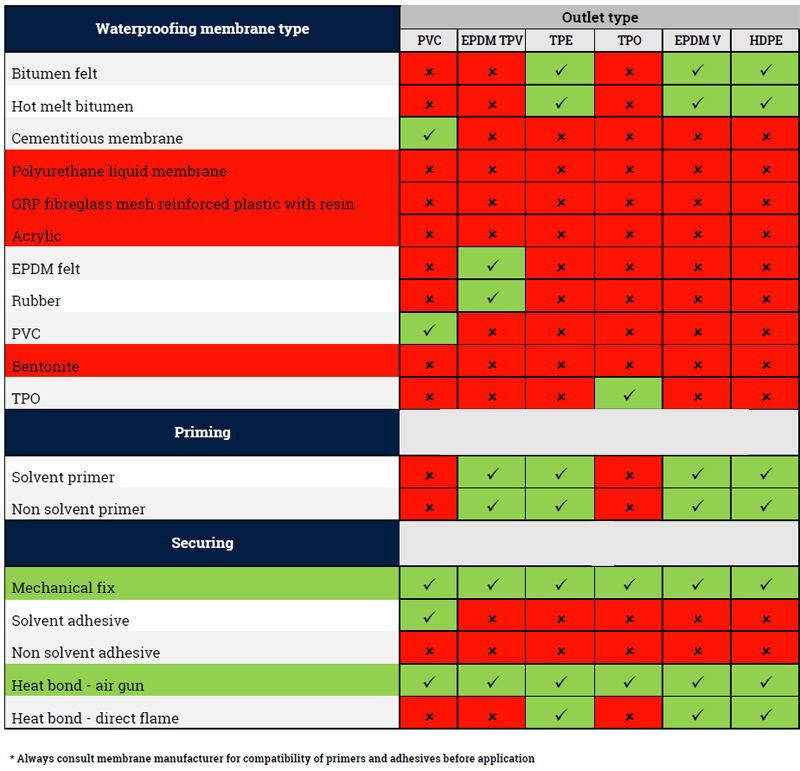Green roofs are becoming increasingly popular worldwide as a way to reduce energy consumption, combat climate change, and improve biodiversity. As such, governments around the world are beginning to implement green roof legislation to incentivize the installation of green roofs and ensure that they are built to meet certain standards. In this article, we will explore green roof legislation around the world and discuss the impact it is having on the environment, the economy, and the lives of citizens.
What is Green Roof Legislation?
Green roof legislation is a set of laws and regulations that mandate or incentivise the installation of green roofs on buildings. Green roofs are essentially roofs that are partially or completely covered with vegetation, such as grasses, shrubs, and flowers. Green roofs can help to reduce the energy consumption of buildings, improve air quality, and create habitats for local wildlife.
Green roof legislation typically requires or encourages the installation of green roofs on new buildings, or the retrofitting of existing buildings with green roofs. In some cases, green roof legislation may also include regulations about the types of plants that can be used on green roofs, soil depth requirements, water conservation measures, and other considerations.
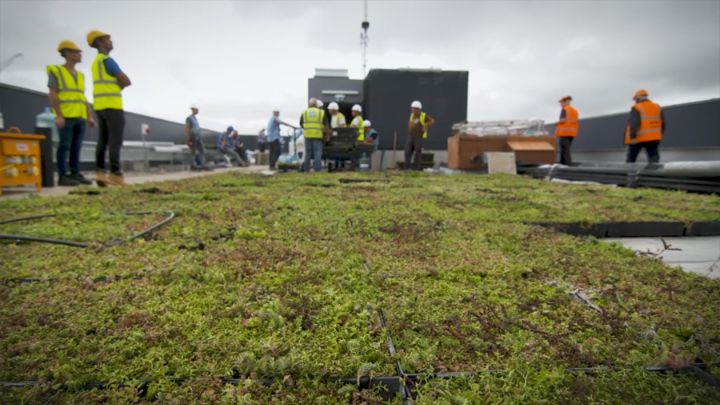
Overview of Global Green Roof Legislation
Green roof legislation can be found in many countries around the world, including North America, Europe, Asia, and Australia. Let’s take a closer look at the green roof legislation in each of these regions.
SUBSECTION 2.1. North America
The United States and Canada have both implemented green roof legislation to encourage the installation of green roofs on commercial and residential buildings. In the US, the Environmental Protection Agency (EPA) has developed a series of grants and incentives to encourage the installation of green roofs. The EPA also provides guidance on green roof design and installation, as well as advice on how to achieve the greatest benefits from green roofs.
In Canada, green roof legislation varies from province to province. For example, the province of Ontario has implemented a number of green roof grants and incentives to encourage the installation of green roofs. In addition, the City of Toronto has implemented its own green roof by-law, which requires the installation of green roofs on certain new buildings.
SUBSECTION 2.2. Europe
Europe has some of the most comprehensive green roof legislation in the world. In the European Union (EU), the Urban Green Infrastructure Strategy (UGIS) sets out a number of requirements for green roof installation, including minimum soil depth, minimum vegetation coverage, and stormwater retention requirements.
In addition to the EU, many countries in Europe have also implemented their own green roof legislation. For example, the United Kingdom has implemented a number of green roof grants and incentives, and the City of London requires green roofs on all new buildings over a certain size.
SUBSECTION 2.3. Asia
In Asia, green roof legislation is still in its infancy. However, several countries have begun to implement green roof legislation in order to reduce energy consumption and improve air quality. For example, China has implemented a number of green roof grants and incentives, and the cities of Shanghai and Beijing have both implemented green roof regulations.
In addition, South Korea has implemented a number of green roof regulations, and the city of Seoul has a mandatory green roof by-law. Japan has also implemented a number of green roof grants and incentives, and the city of Tokyo has a green roof by-law.
SUBSECTION 2.4. Australia
Australia is another country that has implemented green roof legislation. The Federal Government has created a number of incentives and grants to encourage the installation of green roofs, and many cities and states have implemented green roof regulations. For example, the City of Sydney has a mandatory green roof by-law, and the state of Victoria has a number of green roof grants and incentives.
Impact of Green Roof Legislation
Green roof legislation has had a positive impact on the environment, the economy, and the lives of citizens. Let’s take a closer look at the benefits and challenges of green roof legislation.
SUBSECTION 3.1. Benefits of Green Roofs
Green roofs can provide a number of benefits to the environment, including reducing air pollution, improving air quality, and creating habitats for local wildlife. In addition, green roofs can reduce the energy consumption of buildings by providing insulation and shading. Finally, green roofs can reduce stormwater runoff, which can help to prevent flooding and water pollution.
Green roofs can also benefit the economy by reducing energy costs, creating jobs in the green roof industry, and increasing tourism.
Finally, green roofs can benefit citizens by providing a pleasant outdoor space for relaxation and recreation.
SUBSECTION 3.2. Challenges of Implementing Green Roof Legislation
Despite the many benefits of green roof legislation, there are some challenges that must be overcome in order to successfully implement green roof legislation.
One of the biggest challenges is the cost of installing green roofs. Green roofs can be expensive to install and maintain, which can be a barrier for many property owners. In addition, green roofs require specialized knowledge and skills in order to be installed properly.
Another challenge is the lack of awareness of green roof legislation. Many people are not aware of the benefits of green roofs, or the laws and regulations governing their installation. This can make it difficult to ensure that green roofs are installed properly and to the required standards.
Finally, there is the challenge of local and regional governments providing the necessary support and resources to ensure that green roofs are installed correctly. Governments need to provide the necessary funding, training, and regulations to ensure that green roofs are installed properly and to the required standards.
Examples of Successful Green Roof Legislation
Despite the challenges of implementing green roof legislation, there are many examples of successful green roof legislation around the world.
In the US, the EPA has funded several green roof projects in cities such as New York, Chicago, and San Francisco. These projects have helped to reduce energy consumption, improve air quality, and create habitats for local wildlife.
In Europe, the EU has implemented a number of green roof regulations, and many countries have implemented their own green roof legislation. For example, the United Kingdom has implemented a number of grants and incentives to encourage the installation of green roofs, and the City of London requires green roofs on all new buildings over a certain size.
In Asia, China has implemented a number of green roof grants and incentives, and the cities of Shanghai and Beijing have both implemented green roof regulations. South Korea has also implemented a number of green roof regulations, and the city of Seoul has a mandatory green roof by-law.
Finally, in Australia, the Federal Government has created a number of incentives and grants to encourage the installation of green roofs, and many cities and states have implemented green roof regulations. For example, the City of Sydney has a mandatory green roof by-law, and the state of Victoria has a number of green roof grants and incentives.
Local and Regional Government Support of Green Roof Legislation
Local and regional governments are key to the successful implementation of green roof legislation. Governments must provide the necessary funding, training, and regulations to ensure that green roofs are installed correctly and to the required standards.
In addition, governments must provide financial incentives for the installation of green roofs. This can include grants, tax credits, and other types of financial assistance.
Finally, governments must provide training and education for green roof installers. This can include workshops, seminars, and other forms of instruction to ensure that green roofs are installed correctly and to the required standards.
Financial Incentives for Green Roof Installation
Financial incentives are one of the most effective ways to encourage the installation of green roofs. Governments can provide grants, tax credits, and other forms of financial assistance to property owners who install green roofs.
In addition, some governments may provide additional incentives for green roof installation. For example, the City of Toronto provides additional incentives for green roofs that meet certain standards, such as the use of native plants, soil depth, and stormwater retention requirements.
Regulations and Guidelines for Green Roof Installation
In order to ensure that green roofs are installed correctly and to the required standards, governments must provide regulations and guidelines for green roof installation. These regulations and guidelines can include requirements for vegetation coverage, soil depth, water conservation measures, and other considerations.
In addition, governments must also provide guidance on green roof design and installation. This can include advice on selecting the right plants, soil depth requirements, and other considerations.
Training and Education for Green Roof Installation
In order to ensure that green roofs are installed correctly and to the required standards, governments must provide training and education for green roof installers. This can include workshops, seminars, and other forms of instruction to ensure that green roofs are installed correctly and to the required standards.
In addition, governments can also provide resources to help property owners learn more about green roof installation. This can include publications, websites, and other forms of information that can help property owners understand the benefits of green roofs and the regulations and guidelines for their installation.
Future of Green Roof Legislation
Green roof legislation is likely to continue to grow in the future, as more governments recognize the benefits of green roofs and implement regulations and incentives to encourage their installation.
In addition, green roof technology is also likely to continue to improve, making green roofs easier and more affordable to install. This could lead to more widespread adoption of green roofs, as property owners become more aware of the benefits and are able to install green roofs more easily.
Conclusion
Green roof legislation is becoming increasingly popular around the world, as governments recognize the environmental, economic, and social benefits of green roofs. Green roof legislation can help to reduce energy consumption, improve air quality, and create habitats for local wildlife. In addition, green roof legislation can provide financial incentives for the installation of green roofs, and regulations and guidelines to ensure that green roofs are installed correctly and to the required standards. As green roof legislation continues to grow, we can expect to see more green roofs being installed around the world, and more governments recognizing the benefits of green roofs.



